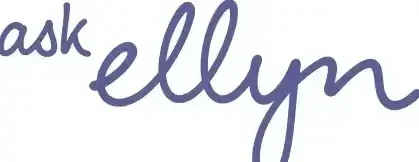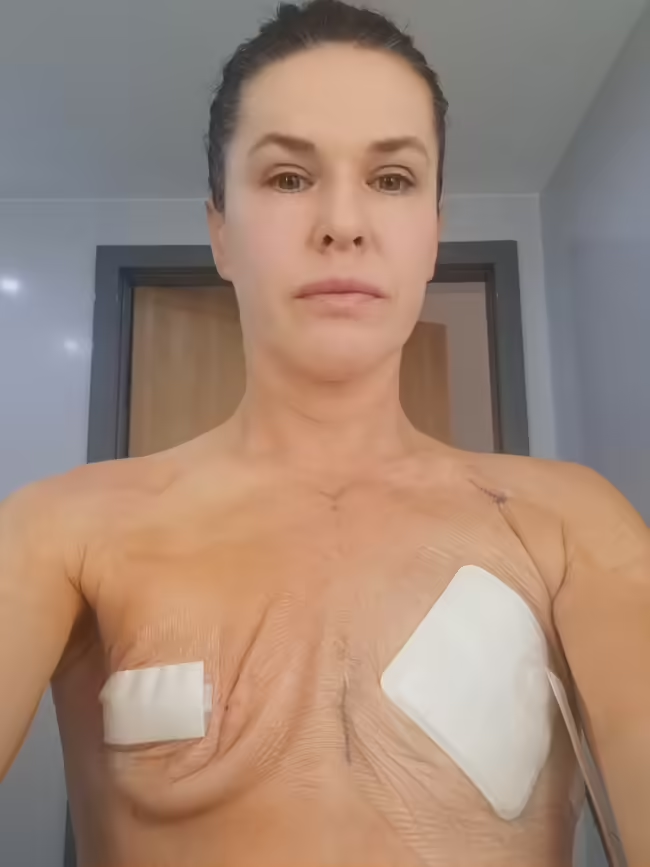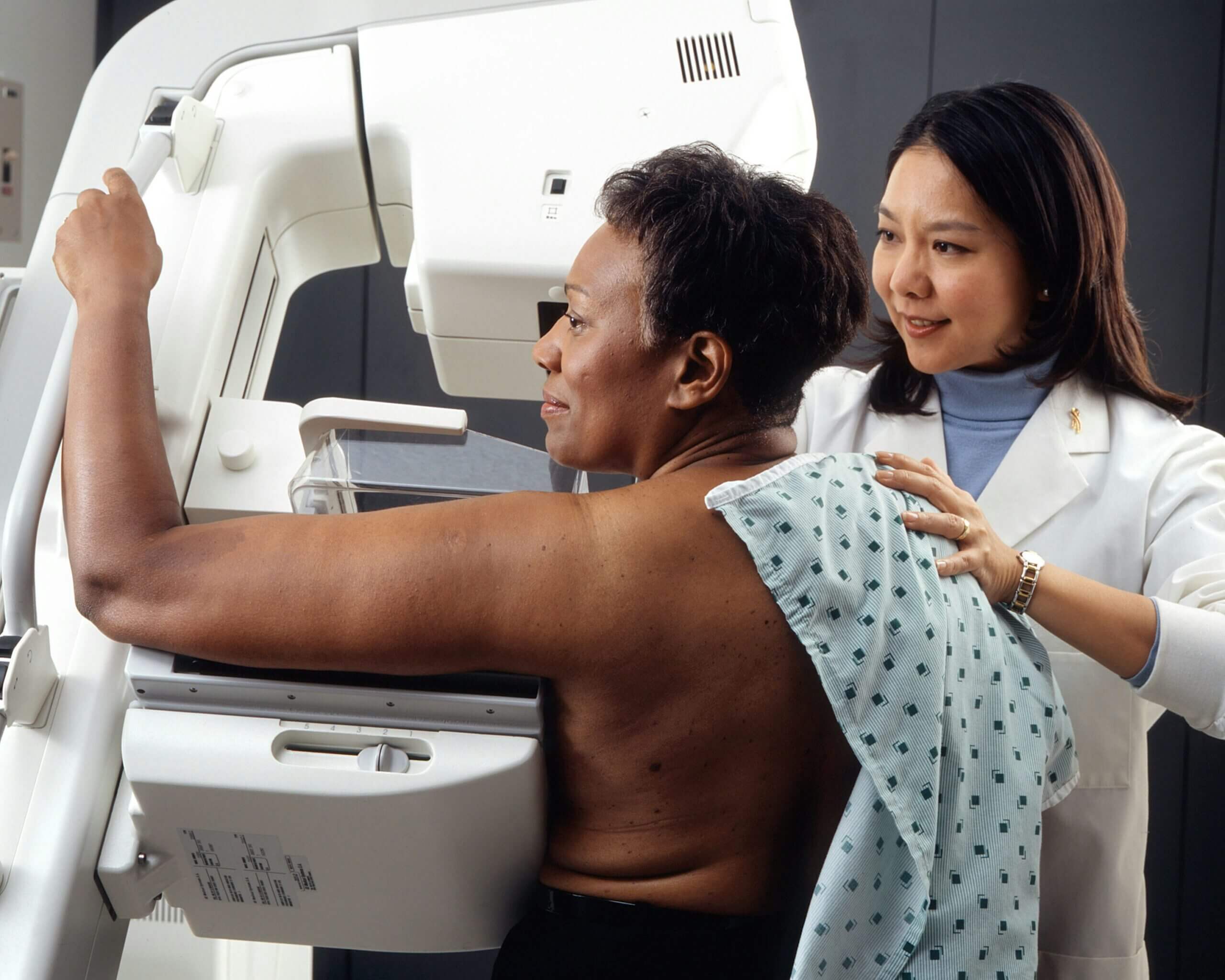I was fortunate on my journey to flat. I had a supportive surgeon. A supportive family and friends group who understood it was my decision and my body. But today, I am incensed after reading a post by a woman on Facebook, whose surgeon demanded she see a psychologist before the team would perform aesthetic flat closure. Even when she complied, the surgeon’s office then had the nerve to question the psychologist’s findings.
Let me say this loud enough so people in the back of the room can hear. We are flat. Not crazy.
75% of women who choose flat have no regrets
As you pick your jaw up off the floor, please know this is far more common than you may realize. According to research, nearly 75% of women who choose aesthetic flat closure are pleased with their decision. I know this for a fact. I’m certainly happy with my decision and the women from the flat community that I know are equally so. The women flat groups on Facebook I belong to are joyous, supportive of each other, grateful and celebratory. Sure we talk about flat stuff. Sometimes it gets heavy. We are dealing with cancer after all. But most of the time, we also talk about normal things, like fashion, relationships, time with family and the enjoyment of living. The women in these communities are empowered and confident in their choices and the decisions they’ve made about their bodies. They are not crazy. Not in the least.
25% face surgical opposition
And yet in the same research cited above 25% of those women faced opposition from their surgeons. The concept of flat denial is still something we encounter in the breast cancer community. Every single day I see images women post where they asked for flat closure and were left with extra skin — one woman described her remaining tissue as looking like sad empty hot dog buns. This decision, undertaken by a surgeon while we are ASLEEP on the OR table, is apparently for our good. You know, in case we change our pretty little undecided minds.
In an overview published in the of Clinical Journal of Nursing Oncology looking at the biases and barriers patients face when seeking aesthetic flat closure. The author points to the Women’s Health and Cancer Rights Act of 1998 which required insurance companies to cover reconstruction post mastectomy. The author points out that this Act, intended to improve access to care and reduce disparities (and that’s a very good thing), “inadvertently prioritized breast reconstruction at the expense of personal preference, leaving some women feeling pressured to undergo reconstruction.” In short, it made breast mound reconstruction a societal norm.
Bias toward breasts impacts decision-making
In this very recent study published in European Journal of Oncology Nursing, researchers in Sweden gathered information from women about their experiences with health care related to flat closure. Researchers identified a number of barriers to decision-making driven by the health care provider’s own agenda. This includes reluctance to remove healthy breast tissue, the opinion that two breasts was the best outcome and anything less was “flawed,” and citation of studies that indicated women who underwent reconstruction were more satisfied with their appearance than those who went flat.
The women in this study described how they were met with distrust regarding their choice of flat closure instead of breast reconstruction, with several reporting that the surgeons said they would regret their choice. The women were encouraged to seek counselling to gain assurance and certainty regarding their decision. The study participants also reported that the information given to them was more about the female silhouette and how to use breast protheses than about engaging in a shared decision-making process.
Two years ago, I offered myself up to a Toronto hospital keen to do my part to raise awareness for flat closure as an option for women. I was invited to participate in their breast reconstruction awareness day. It led to an interesting discussion with the coordinators who at the time positioned flat closure as a rejection of reconstruction. I argued that aesthetic flat closure is indeed a form of chest wall reconstruction — it uses oncoplastic closure techniques. Well executed (and mine was) the woman is left with a perfectly flat chest. No dog ears, no lumps or bumps or excess skin. I was heard. The hospital changed its stance and now positions aesthetic flat closure as a third reconstruction option in all its communications with women. A small victory, but we have a long way to go.
In a recent guest blog post, Sonya McConnon talked about the resistance she faced from medical professionals when she shared with them her decision to go flat. She was told she was too young, she would regret her decision. Mourn what she lost.
I had one of my oncology team ask me how I was dealing with my loss of femininity.
Folks in the medical profession, please stop body-shaming women who want to go flat or who have chosen flat as an option. Our body, our choice. And oh, one more time. We’re flat. Not crazy.
If you are considering going flat, here are important questions to ask potential surgeons:
- How many aesthetic flat closure procedures have you performed for patients who declined reconstruction?
- Are you personally highly experienced in the specialty techniques required for aesthetic flat closure?
- What is your surgical approach to removing all possible excess tissue and skin evenly across the chest?
- What reshaping methods do you use to achieve optimal flatness midline and on the sides?
- Can you provide before and after pictures of the aesthetic flat closure results you have achieved?
You can find additional resources on Not Putting on a Shirt and in the UK check out Flat Friends.




